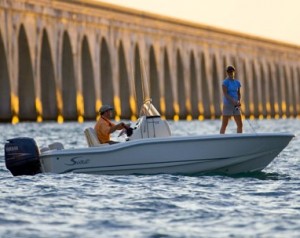Fishing on a Budget: Saving Fuel
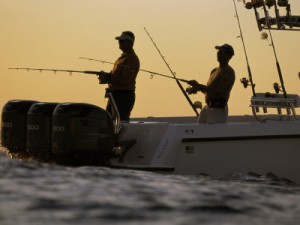
Although the national economic recession has shown a few signs of slowing down, many consumers are still wary about spending money on luxury items. Yesterday we discussed strategies for finding a solid, reliable boat on the used market. Now we’ll turn our attention to cost-cutting measures you can implement once a fishing trip has begun. All of the following tips will help you save money on two cycle outboard oil.
Try running the boat at different cruising speeds; make note of your fuel consumption at each time. Divide your speed in miles per hour by the gallons per hour of fuel that were consumed to derive fuel efficiency in miles per gallon. Since every fishing boat has what’s known as a “sweet spot” – the speed at which fuel efficiency is maximized – it’s just a matter of experimenting until you find the right speed.
If you have a marine GPS unit, use its fish-finder features to make educated guesses about the location of nearby schools of fish. You might be surprised at how much fuel is wasted just circling around a lake aimlessly in search of a bite. If your boat lacks a GPS unit, talk to some friends who have already fished that particular lake or other body of water. See if they have any tips about where the action might be.


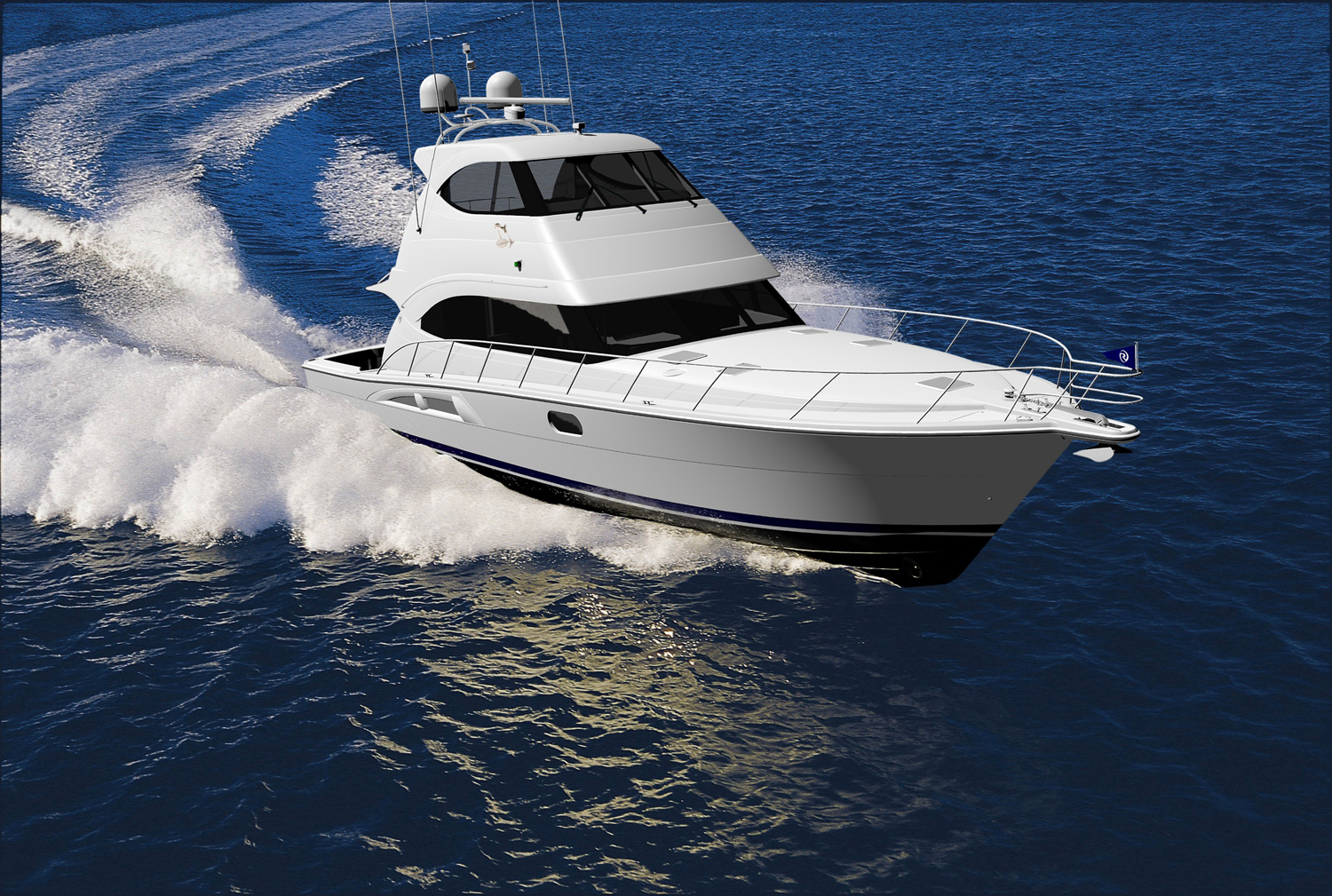
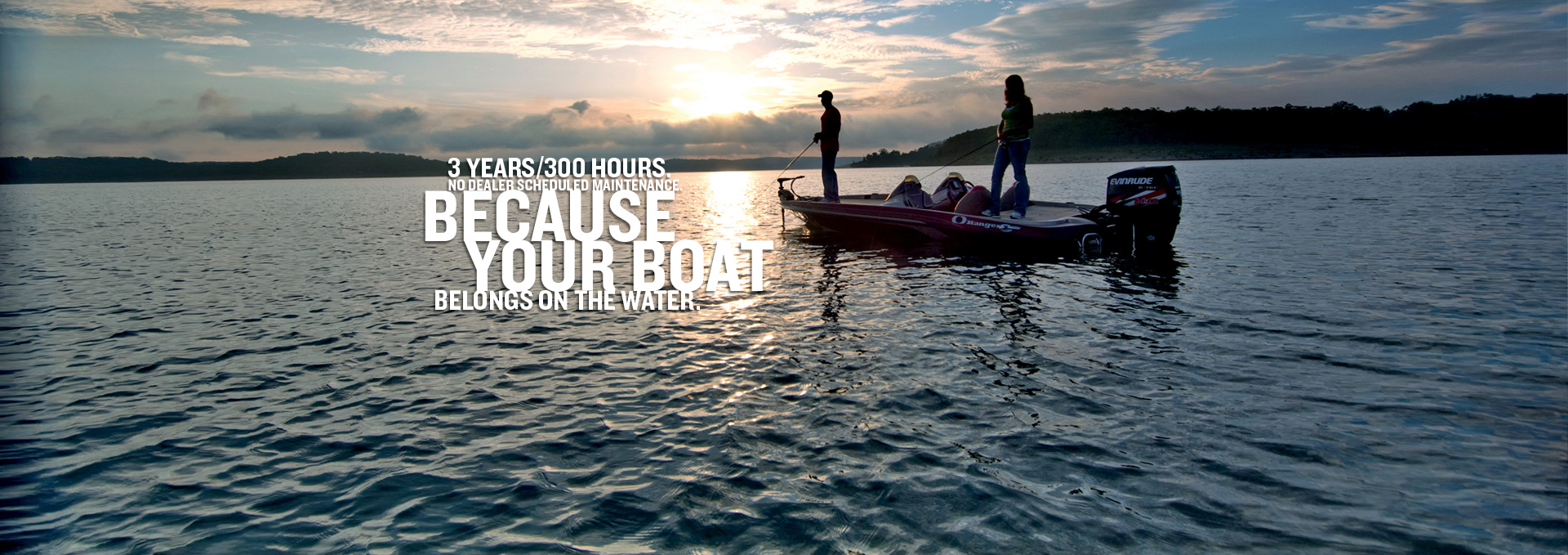
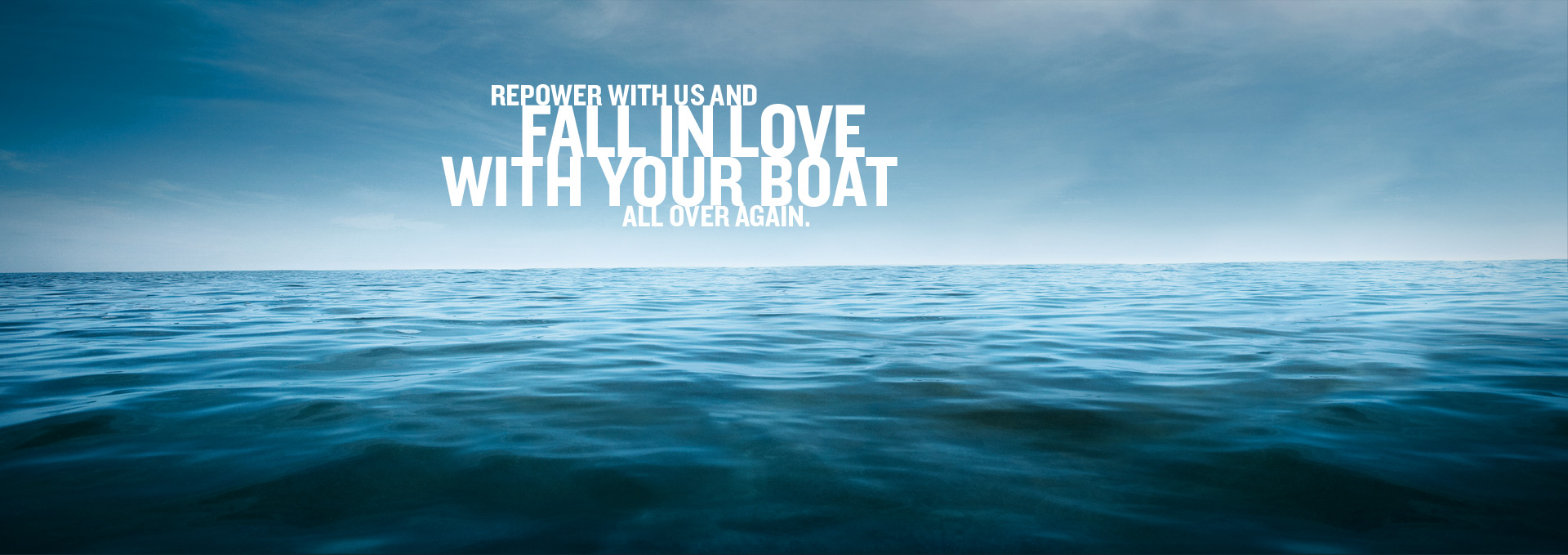
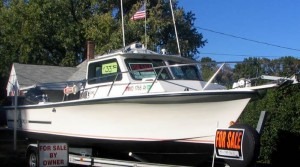
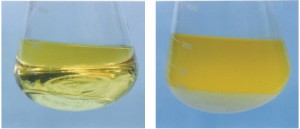
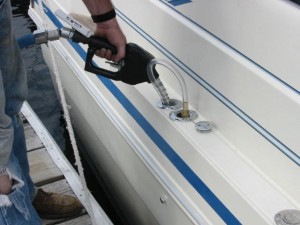
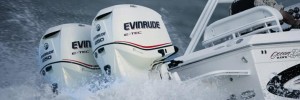
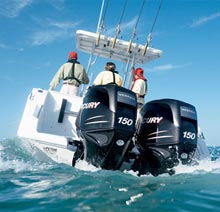 Today’s boaters could be forgiven for putting the past out of mind. As recently as the 1990s, federal rules for outboard engine efficiency were much less stringent – to the point that pollution became a problem and the small boating industry became something of a scapegoat for environmental groups. Around 1996, the marine industry and the Environmental Protection Agency teamed up to create and enforce fuel standards.
Today’s boaters could be forgiven for putting the past out of mind. As recently as the 1990s, federal rules for outboard engine efficiency were much less stringent – to the point that pollution became a problem and the small boating industry became something of a scapegoat for environmental groups. Around 1996, the marine industry and the Environmental Protection Agency teamed up to create and enforce fuel standards.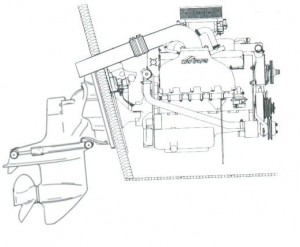
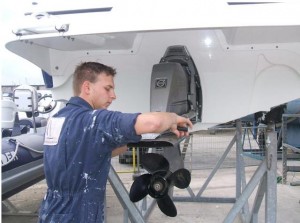
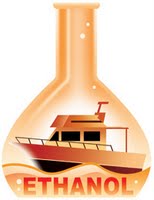 Over the last few months, we’ve visited and revisited the threat posed by ethanol additives to the small boat industry. Specifically, ethanol lobbyists are seeking a waiver to sell E15 – that’s gas with a 15 percent concentration of ethanol – or even E20 as a standard fuel mixture for marine engines. As many boaters are aware, most small vessels on the market and in the water today are ill-equipped to deal with such high concentrations of the additive.
Over the last few months, we’ve visited and revisited the threat posed by ethanol additives to the small boat industry. Specifically, ethanol lobbyists are seeking a waiver to sell E15 – that’s gas with a 15 percent concentration of ethanol – or even E20 as a standard fuel mixture for marine engines. As many boaters are aware, most small vessels on the market and in the water today are ill-equipped to deal with such high concentrations of the additive.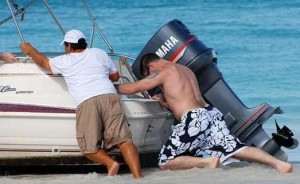
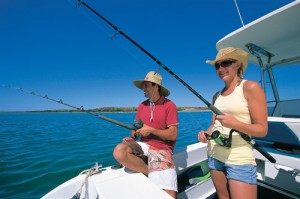 With technology advancing by leaps and bounds in recent years, allowing anglers to pinpoint their location, route, and the best places to find fish, it should come as no surprise that reliable batteries and charging systems are a top priority. Many boaters rely on GPS, fish finder technology and VHF radios for communication; none of this would be possible without the juice required to power the whole enterprise.
With technology advancing by leaps and bounds in recent years, allowing anglers to pinpoint their location, route, and the best places to find fish, it should come as no surprise that reliable batteries and charging systems are a top priority. Many boaters rely on GPS, fish finder technology and VHF radios for communication; none of this would be possible without the juice required to power the whole enterprise.